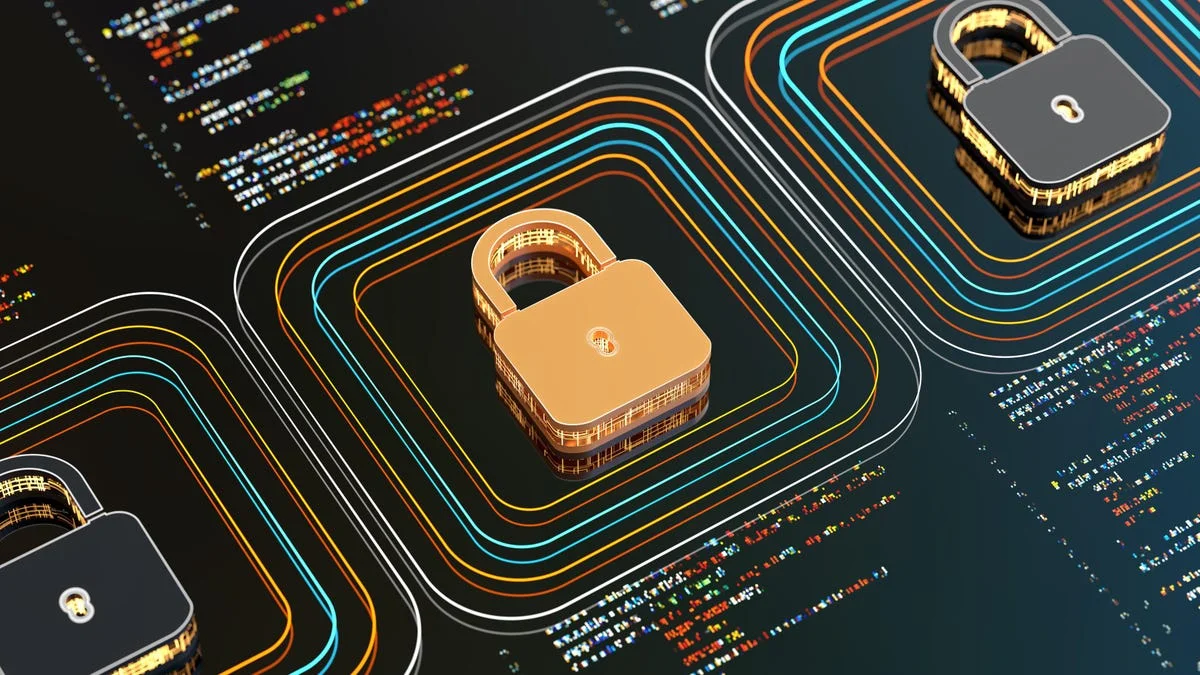
Web 3.0 is poised to present the digital industry with many new opportunities. Still, it also carries several cybersecurity risks that, if ignored, could seriously harm the industry’s prospects for expansion. Below are the top 5 web3 security risks and how to overcome them.
The most severe concern about web 3.0 is the integrity of the information. As web 3.0 is governed by emerging technologies and decentralized data management, experts believe that data sanctity and information originality must be preserved.
Some stakeholders have expressed concern about whether the data managed by the machine in web 3.0 includes a safety and accuracy checking mechanism.
Who will decide the accuracy of the information, and, more importantly, what will be the motivation/incentive for promoting fact-based information? All of these questions are critical and necessitate a thorough debate and discussion among the stakeholders in the web 3.0 ecosystem.
Without a strict checking mechanism, web 3.0 could become the world’s largest source of misinformation. People can manipulate the data to get the results they want from search engines.
Take, for example, the Tay chatbot developed by Microsoft. The company allowed the bot to learn from Twitter conversations; however, malicious elements purposefully sent out negative tweets to cause the bot to imitate racially insensitive sentiments. If a tiny Microsoft experiment can be such a disaster for the company, imagine the magnitude of disruption that misinformation disseminated by manipulated databases in web 3.0 can inflict on the world.
As everything becomes digital, the overreliance on data is a legitimate concern for web 3.0 stakeholders. The critical question is how the systems and processes will survive without the data.
We already have broken links on web 2.0, and to solve this problem, machines must make local copies of literally everything requested. Similarly, there is a significant gap between the information demanded and available, and in such a scenario, data unavailability will pose the most critical risk to the growth of web 3.0.
Data breaches are nothing new in the internet world. Breach of data confidentiality occurs quite frequently, and this threat perception is exacerbated in the case of web 3.0.
Although web 3.0 includes improved data protection mechanisms, the possibility of accidental content leakage or placement remains. To deal with such a scenario, cybersecurity experts must devise a system that can potentially prevent leaks from occurring.
Although blockchain technology is one of the safest solutions available, hackers may gain unauthorized access to wallets and other digital assets via one or more crypto technology loopholes. And if the breach occurs, it is nearly impossible to recover the money or lost digital assets.
This is because crypto and other digital assets are based on decentralized technology, and there is no mechanism to track down the completed transaction and recover the lost funds. As a result, while web 3.0 provides better opportunities for democratization, any breach in the system may result in irrecoverable monetary losses.
For all known web3 flaws and vulnerabilities, there must be a single source of truth. A decentralized Web3 version is required. In the meantime, you can find incomplete data in places like SWC Registry, Rekt, Smart Contract Attack Vectors, and Defi Threat Matrix.
Currently, the decision-making methodology for critical security design choices and specific events in web3 is unknown. Because of decentralization, no one owns the problems, which can seriously affect users. The recent Log4j vulnerability is a cautionary tale for relying on a decentralized community for security.
Most dApps do not currently authenticate or sign their API responses, including the most popular ones. This means there is a gap in ensuring that the response is from the correct app and that the data hasn’t been tampered with whenever a user’s wallet retrieves data from these apps.
It is nearly impossible for users to establish their security posture and trustworthiness in a world where apps do not adhere to fundamental security best practices.
The ability of users to transact in the web3 paradigm is based on cryptographic keys. Cryptographic keys are notoriously challenging to manage; entire industries have been built and continue to be built around key management.
The difficulty and risk of managing private keys are why consumers prefer hosted wallets to non-custodial wallets. The first two initiatives involve people and processes, whereas the third and fourth will require technological changes.
Web3 security can propel the internet industry to new heights of profitability and growth. It will open up an entirely new world of possibilities, and the best part is that opportunities will be available to all industry stakeholders. So, look for blockchain security companies like SmartOSC to help. Contact us for expert help with blockchain development services.
Increased acceptance and knowledge sharing have aided the spontaneous growth of cryptocurrency over the last…
Blockchain can be intimidating to research, but attending cryptocurrency events is one of the best…
Blockchain has made inroads into all major industries and is also becoming a part of…
In recent years, blockchain lending solutions have grown in popularity as a way to earn…
The scalability trilemma is still one of the blockchain's most pressing issues. Here are some…
Many people are looking for ways to get involved in the crypto world as the…